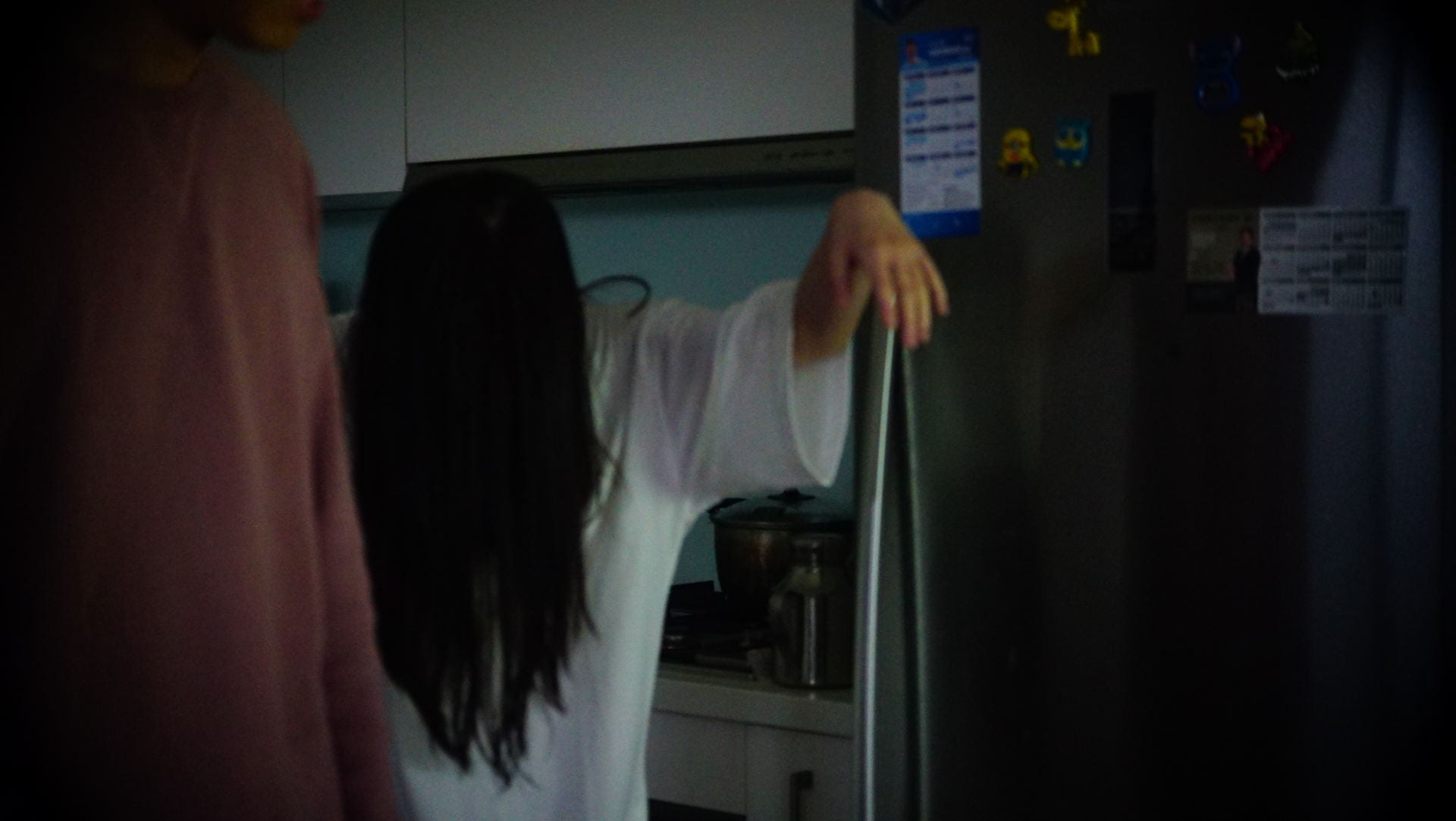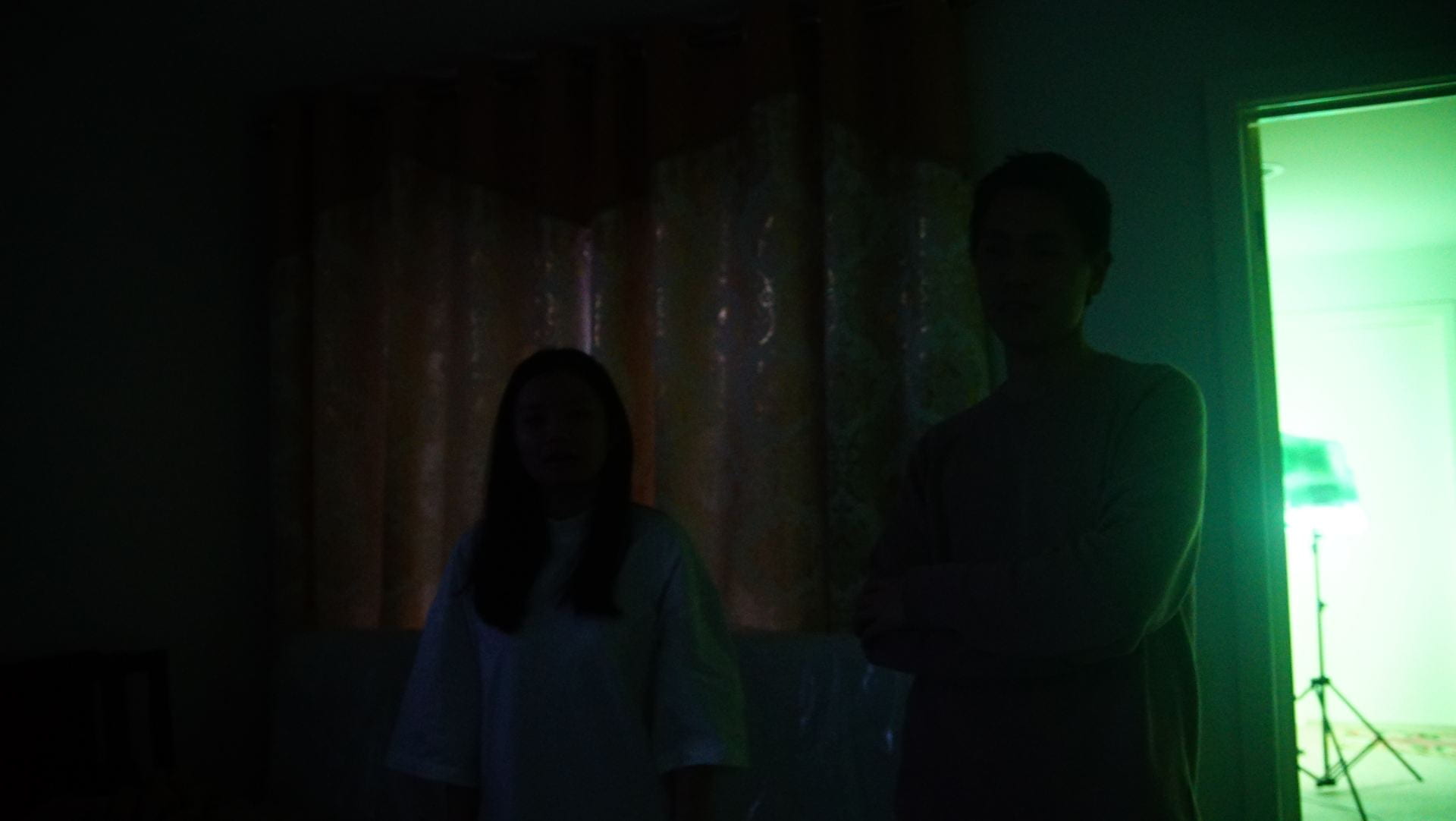I’ve now finished the process of editing screen project 1 and looking back on the process I’ve realised a few things.
Crazy Saturday (Final) from Michael Tucci on Vimeo.
Number one is that you don’t necessarily need to show characters moving around the environment with painful shots of them walking into different rooms or down stairs every time they move. We had a lot of this kind of footage from the shoot which I really had to cut down on. Even the scenes where the ghost was going after Jack, again I had to look for the shots or parts of the shots that looked good in the edit while still allowing the audience to follow the chain of events, it’s a bit of a balancing act I think but I feel like it was definitely the right decision to cut right down on pointless shots.
I realised too that the old plasma screen I was using to edit tends to make shots look darker than they really are which is quite confusing and annoying and I had to go back and fix brightness and contrast on shots I’d over-compensated for.
Another thing that struck me about this whole process was the amount of time I was actually spending on sound. We had our shots and I had to string them together in an understandable way while trying to make the thing look good (same as any editing process) but the difference here was the lack of dialogue and the amount of time that nothing sonic was actually happening. On reflection too, it’s the noise that really makes horror movies scary I think. Visuals alone don’t really cut the mustard, sound tells the audience when they should be bracing for a jump-scare, tensing up with suspense or even relaxing a bit. It seems like it’s all about winding the viewer up for the desired reaction to what’s occurring on screen or what’s about to.
It’s amazing the amount of royalty free material you can find to use. I cam across Nicolas Gasparini’s work on SoundCloud and decided to use his track ‘Nebula’ so here’s a link to his site to show some support: http://thedarkpiano.com/creepy-piano-music
The rest of the sounds except the ones we had actually recorded on the day of the shoot are from royalty free YouTube SFX videos. Because the majority of editing I’ve done has more or less just been random stuff to music I’m quite used to syncing sound up to visuals in Premier, so working with lots of sound files luckily wasn’t too difficult. Exponential fade became my best friend here as you can’t be as abrupt and straight cut with sounds as you can afford to be with the visual aspect of a film.
Once The sequence of events was pieced together I thought about what sorts of effects I could use to make the whole thing look a bit better and to place emphasis on dramatic events. Making the screen strobe at certain points helped add to the disorientating and unsettling nature of the shots and made otherwise boring shots a bit more spicy (in my opinion). I was also initially worried about the continuity of shots where the lighting and brightness of environment is clearly different to the last shot, but in the final cut I didn’t seem to notice this as much and I’d like to think that again this adds to the feeling of panic and disorientation I was aiming to convey.
Lastly, while it’s not central to the film. I decided to make a bit of an animated end title with the same sort of dripping effect I’ve used in some of my previous work and skill development. This gif only consists of about ten frames and was only exported in one flat colour, but stacking multiple gifs on top of each other and messing with turbulent displace, blending modes and hue settings really let’s you make some cool looking text so I thought I may as well send thing thing off with a bang (or a stab rather). Does the logo match the feeling of the film apart from the Japanese characters? Probably not, does it make me look like more of a skilled editor? Hopefully. After seeing another group’s title sequence in class too I felt I wanted to give it a try because it certainly beats plain white text on black (like the rest of the credits)















 but not before I had a mess around and made a video or two with my gifs from last summer.
but not before I had a mess around and made a video or two with my gifs from last summer.










